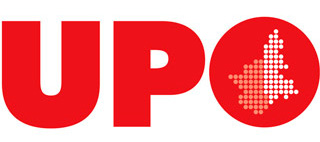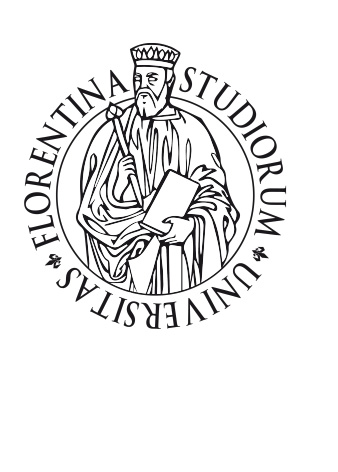Carissime donne: Boccaccio’s fabliaux for a new audience
Abstract
ABSTRACT: in the composition and structure of Giovanni Boccaccio’s Decameron we can identify a double articulation and a double setting, as well as a double audience. This article explores whether this choice is part of what Boccaccio was learning from his experience of reading the French fabliaux that constitute some of his sources. It offers a reader-oriented interpretation of the relation between the Decameron and the fabliau material, before focussing on the sixth novella of the ninth day – the story of Niccolosa and Pinuccio – and its antecedents, the anonymous fabliaux generally known as Le meunier et les deus clers, together with Jean Bodel’s Gombert. It also proposes a comparison with a text possibly deriving from these, Geoffrey Chaucer’s Reeve’s Tale.
ABSTRACT: nella composizione e nella struttura narrativa del Decameron di Giovanni Boccaccio è possibile identificare una doppia articolazione e un doppio contesto: la narrazione si rivolge quindi anche a un doppio pubblico. Questo saggio esplora tale aspetto dell’opera boccacciana, mettendolo in relazione con la conoscenza, da parte dello scrittore, dei fabliaux francesi, che sono una fonte di alcune delle novelle. Si offre così un’interpretazione dal punto di vista del lettore della relazione tra Decameron e fabliaux. Nella seconda parte, si focalizza l’attenzione sulla sesta novella della nona giornata – la storia di Niccolosa e Pinuccio – e sui suoi antecedenti, i fabliaux anonimi dal titolo Le meunier et les deus clers; si analizza inoltre la relazione della novella con Gombert di Jean Bodel. Infine, si propone una comparazione con un testo che deriva sia dai fabliaux che da Boccaccio, vale a dire il Reeeve’s Tale di Geoffrey Chaucer
Keyword
Full Text
PDFRefback
- Non ci sono refbacks, per ora.
Copyright (c) 2021 Medioevo Europeo

This work is licensed under a Creative Commons Attribution-ShareAlike 4.0 International License.


